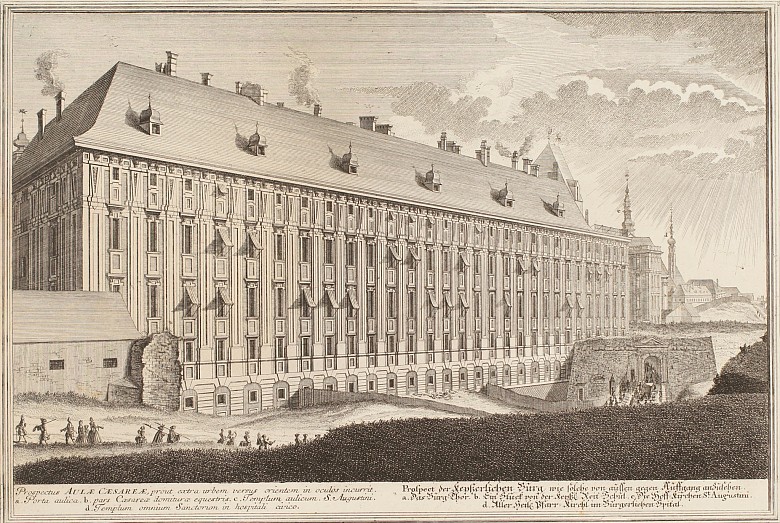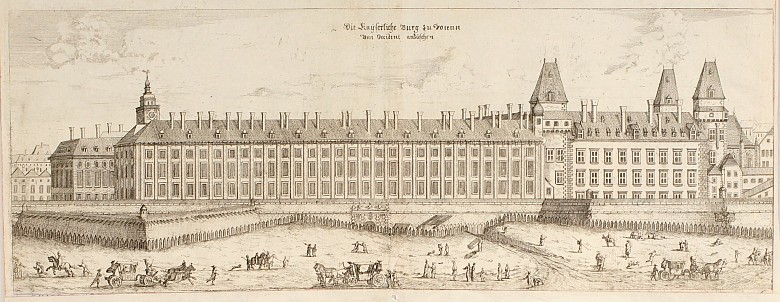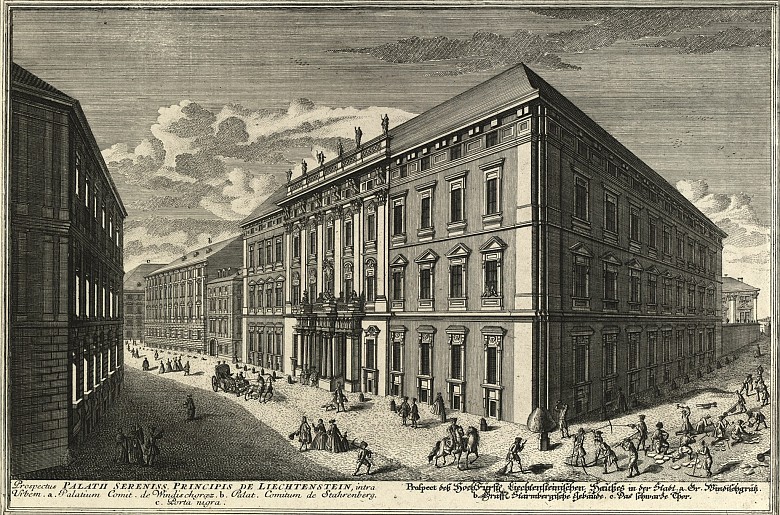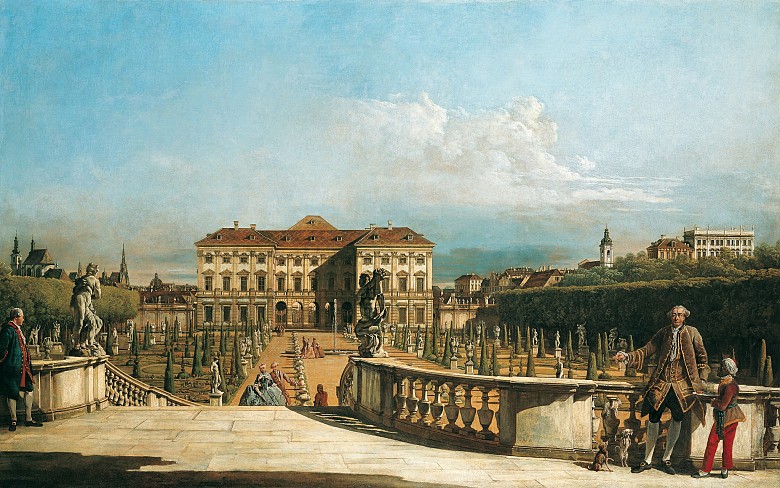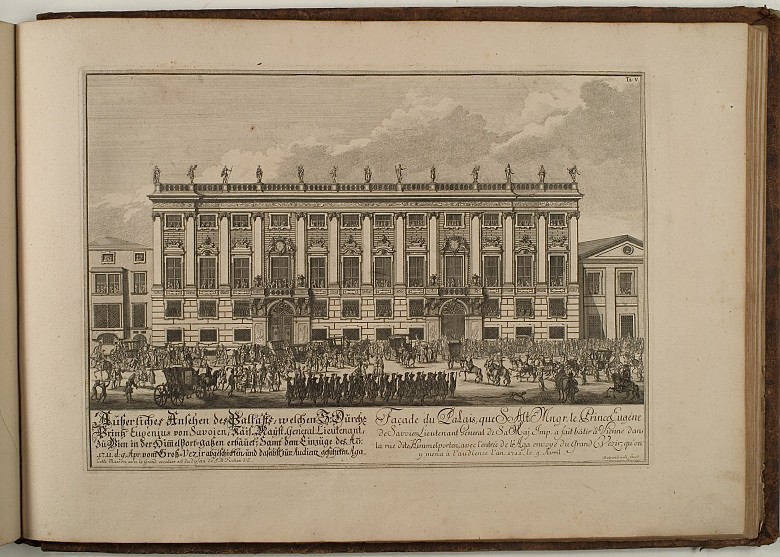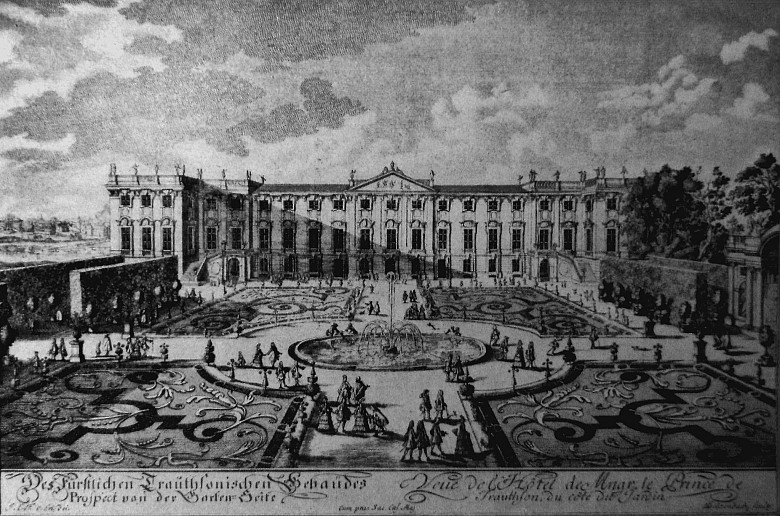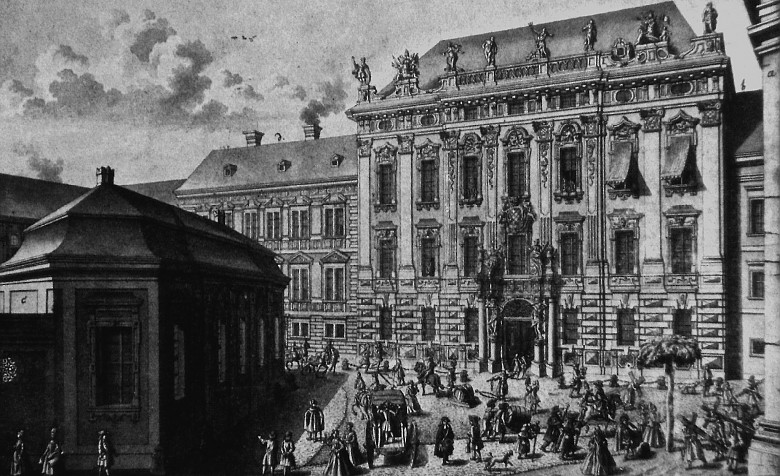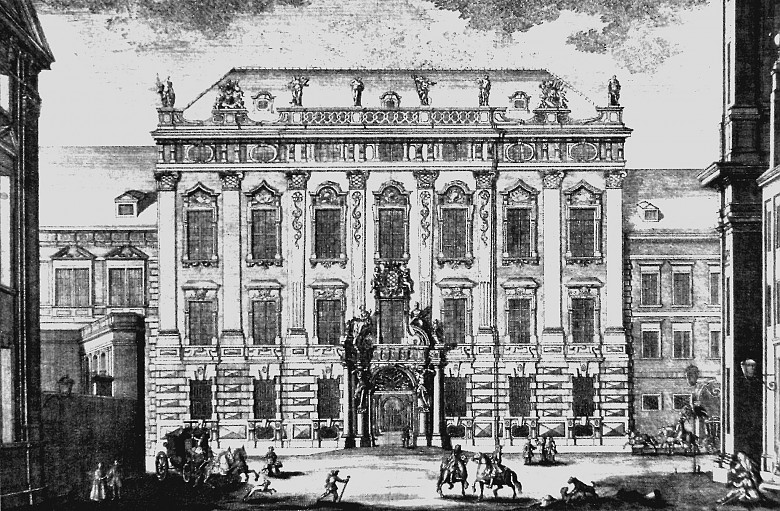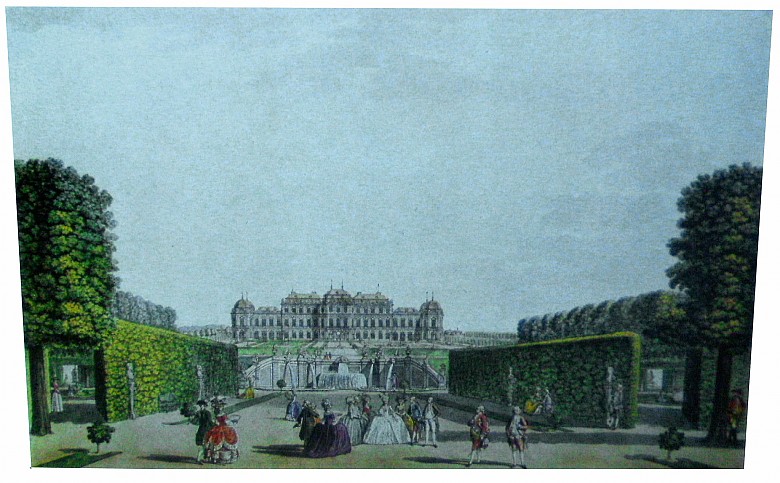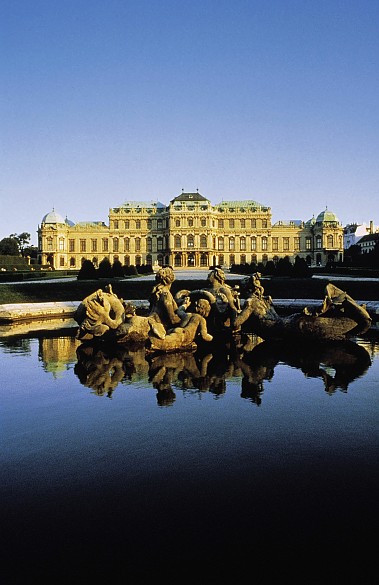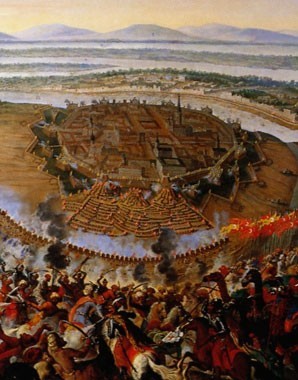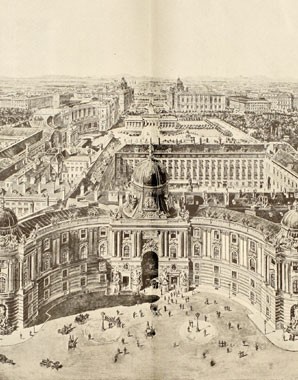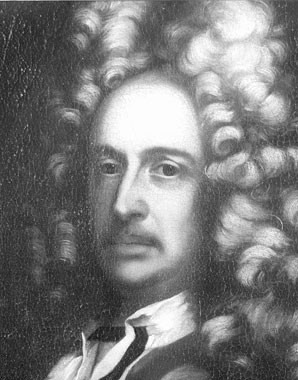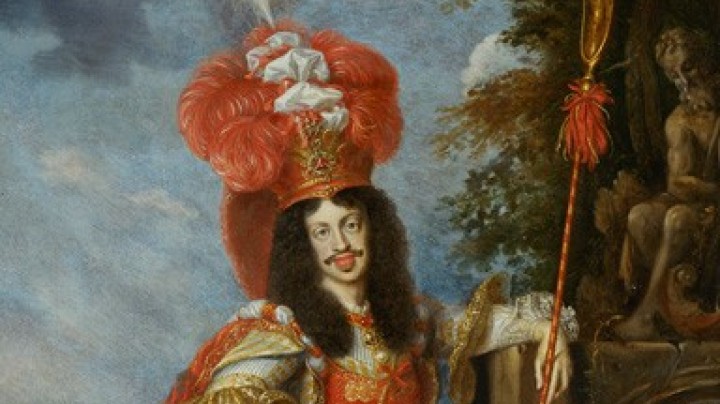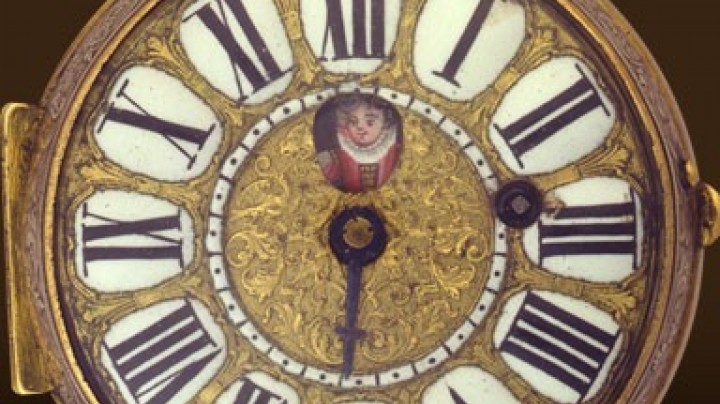A house in the country
For a long time secular architecture stagnated. This was to change with the end of the second Turkish siege of Vienna in 1683, when Vienna experienced a thorough-going construction boom.
In contrast to the flowering of ecclesiastical and monastic architecture, few new secular buildings were erected during the seventeenth century. After the completion of the Amalienburg in the Hofburg complex at the beginning of the seventeenth century no other notable palatial structures were built in Vienna for almost fifty years. Not until after the Thirty Years’ War did secular building construction slowly start to revive.
Starting in 1660, Emperor Leopold I had the two separate sections of the Hofburg, the medieval, thirteenth-century fortress and the Amalienburg, linked by an imposing wing which in its uniform axial layout represents a typical example of early Baroque architecture.
After the second Turkish siege of Vienna in 1683 a new artistic epoch dawned in Austria. The Turks had been so roundly defeated that they no longer represented a threat. Vienna experienced a huge economic and artistic upswing, and its status as imperial capital began to make itself noticeable in architecture and the fine arts. The wide-ranging devastation wreaked by the Turkish forces also represented an opportunity for extensive modernization – an unprecedented building boom followed. Now summer houses and garden palaces could be built outside the protection of the city walls, no longer at risk from the destruction of armed conflict. In Vienna a large number of mainly Italian architects were active, including Domenico Martinelli, who designed two palaces for the Liechtenstein family, one in the city and a garden palace situated in the extramural suburb of Rossau.
Subsequently Austrian architects also managed to obtain their share of commissions and were to prove highly influential.
